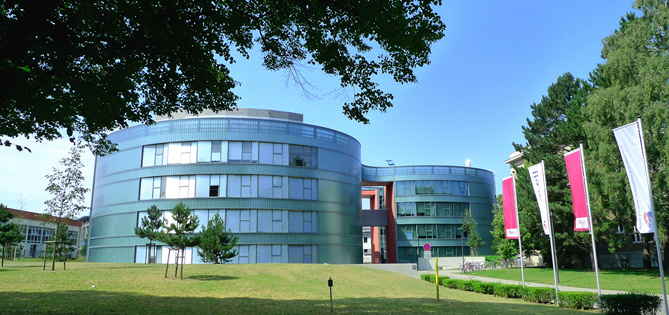Virology. 2004 Sep 1;326(2):329-39.
Construction and characterization of an HIV-1 group O infectious molecular clone and analysis of vpr- and nef-negative derivatives.
Tebit DM, Zekeng L, Kaptué L, Gürtler L, Fackler OT, Keppler OT, Herchenröder O, Kräusslich HG.
In this report, we describe the construction and characterization of the first full-length infectious molecular clone from the Cameroonian HIV-1 group O primary isolate MVP8913. Virus obtained after transfection of the proviral clone pCMO2.3 replicated to levels comparable to its parental isolate in the human T-cell line PM-1, although replication was reduced by fivefold in peripheral blood mononuclear cells (PBMC) and was barely detectable in primary monocyte-derived macrophages (MDM). Phylogenetic analysis of the complete proviral sequence revealed a closer relationship to ANT70 than to MVP5180, the two prototypic group O primary isolates. All reading frames for structural and accessory genes were open except for vpr that contained an in-frame stop codon. In the nef gene, a mutation disrupting the functionally important myristoylation signal was observed. Repairing the defect in nef enhanced replication in PBMC and MDM, although repairing the vpr defect only affected replication in MDM, consistent with the known phenotypes of vpr and nef mutants in HIV-1 group M viruses. Repairing both vpr and nef showed an additive effect, but the resulting virus was still impaired compared to the parental isolate. This defect was overcome when the gag-pol coding region was exchanged for that from another O-type isolate giving rise to the proviral clone pCMO2.5. Virus obtained from pCMO2.5 replicated with similar kinetics as the parental O-type isolate in both PBMC and MDM, making this proviral clone a valuable tool for further studies on functional characteristics of HIV-1 group O viruses.

Contact
Institute of Experimental Gene Therapy and Cancer Research
Core-Facility Viral Vector & Genome-Editing Technologies
Biomedical Research Center
Schillingallee 69
D-18057 Rostock
Office
Ingrid Winkler
(+49) 381 494-5066(+49) 381 494-5062
ingrid.winkler@med.uni-rostock.de
Department Life, Light & Matter
Research Building LL&M
Albert-Einstein-Str. 25
D-18059 Rostock
Research Building LL&M
Albert-Einstein-Str. 25
D-18059 Rostock




